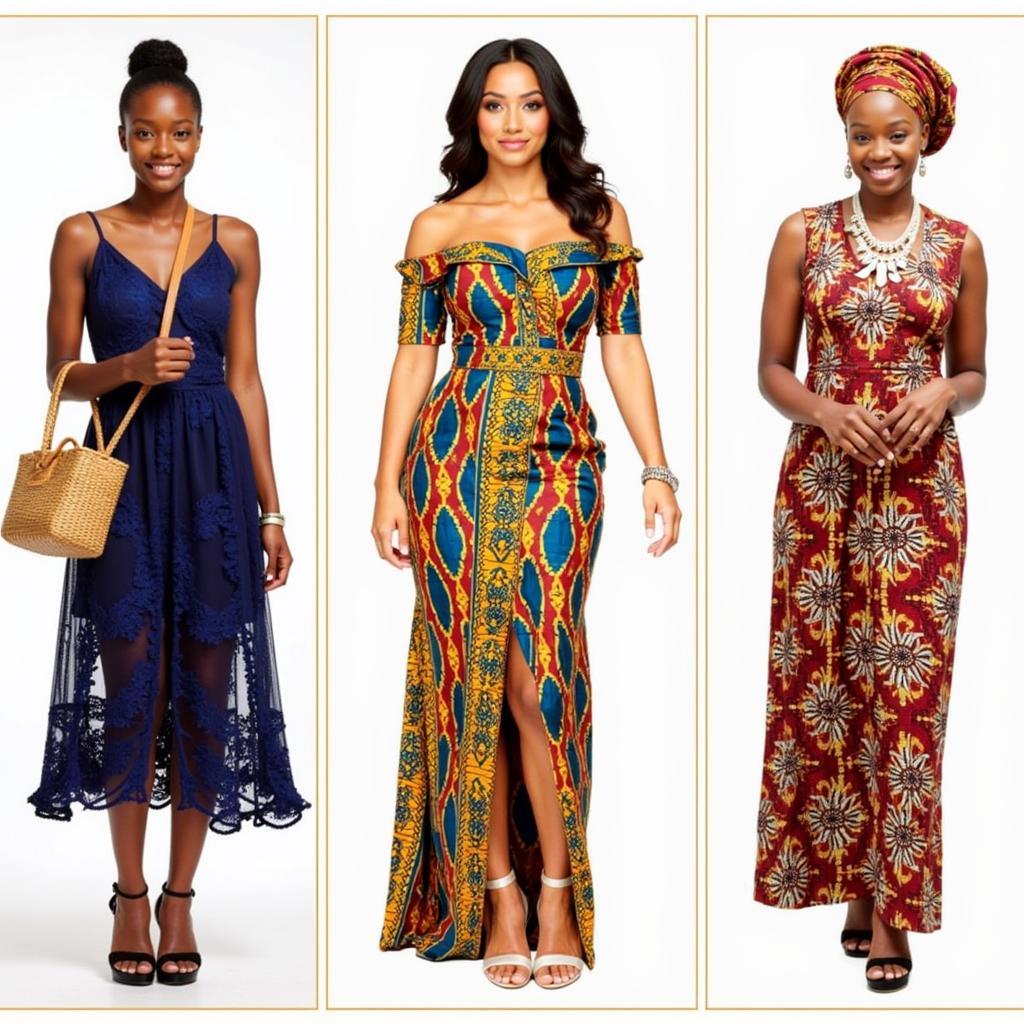African Bullfrog for Sale: A Comprehensive Guide to Owning This Unique Amphibian
The African bullfrog, also known as the pixie frog, is a large and fascinating amphibian native to sub-Saharan Africa. These impressive creatures are known for their booming calls, voracious appetites, and surprisingly long lifespans, making them a unique and rewarding pet for experienced amphibian enthusiasts. If you’re considering an African Bullfrog For Sale, it’s essential to understand the commitment involved in providing proper care for these remarkable animals.
Understanding the African Bullfrog
 African bullfrog camouflaged in its natural habitat
African bullfrog camouflaged in its natural habitat
Before you bring an African bullfrog home, it’s crucial to familiarize yourself with their unique characteristics and needs:
-
Size and Appearance: African bullfrogs are among the largest frog species in the world. Males can grow up to 10 inches in length, while females are slightly smaller. They possess a stocky build, a broad head with a wide mouth, and powerful hind legs. Their coloration varies from olive green to brown, often with darker blotches or stripes providing excellent camouflage.
-
Natural Habitat: In the wild, African bullfrogs inhabit savannas, grasslands, and woodlands across sub-Saharan Africa. They are primarily terrestrial, spending the majority of their time burrowed underground, especially during dry periods.
-
Diet: True to their name, African bullfrogs are voracious eaters. Their diet in the wild consists mainly of insects, small rodents, reptiles, and even other frogs.
-
Lifespan: With proper care, African bullfrogs can live for 15 years or more in captivity, making them a long-term commitment.
Setting Up Your African Bullfrog’s Home
Creating a comfortable and stimulating habitat is paramount to your African bullfrog’s well-being. Here’s a step-by-step guide to setting up the perfect enclosure:
-
Choose the Right Enclosure: A 20-gallon long tank is suitable for a single adult African bullfrog. Larger enclosures are always better, especially if you plan on housing multiple frogs.
-
Substrate: Provide a deep layer of substrate, at least 6 inches deep, to allow for burrowing. Coconut fiber, cypress mulch, and a mixture of topsoil and play sand are all good options.
-
Water Dish: A sturdy, shallow water dish large enough for the frog to soak in is essential. Use dechlorinated water and change it daily.
-
Hiding Spots: Create several hiding spots using rocks, logs, or commercially available reptile hides. This provides security and helps your frog feel safe.
-
Heating and Lighting: African bullfrogs thrive at temperatures between 75-85°F (24-29°C). Use a heat mat placed on one side of the enclosure to create a thermal gradient. A low-wattage UVB bulb can provide beneficial UVB rays, although it’s not strictly necessary for their survival.
Feeding Your African Bullfrog
Feeding your African bullfrog is relatively straightforward, but it’s crucial to provide a varied diet to ensure their nutritional needs are met.
-
Food Items: Crickets, mealworms, and other commercially available insects should form the staple of your frog’s diet. You can supplement with occasional treats like pinkie mice (for adults), earthworms, and silkworms.
-
Feeding Frequency and Quantity: Young frogs need to be fed daily, while adults can be fed every other day or a few times a week. Offer as much food as your frog will consume in one sitting, typically within 15-20 minutes.
-
Supplements: Dust food items with a calcium and vitamin D3 supplement twice a week to ensure proper bone health.
Handling and Temperament
 An African bullfrog being held with care
An African bullfrog being held with care
While African bullfrogs can be fascinating to observe, they are not as handleable as some other pet amphibians. Their skin is delicate and can be easily damaged, and their bites can be powerful.
-
Handling: It’s best to minimize handling and only do so when necessary, such as for tank cleaning or health checks. When handling is unavoidable, wear gloves to protect yourself and your frog.
-
Temperament: African bullfrogs are generally docile but can be territorial. Housing multiple frogs together can be challenging and is best left to experienced keepers.
Choosing a Healthy African Bullfrog
When searching for an African bullfrog for sale, it’s essential to purchase from a reputable breeder or exotic pet store. Here are some signs of a healthy frog:
- Clear Eyes: The eyes should be clear and bright, without any cloudiness or discharge.
- Smooth Skin: The skin should be smooth and moist, free of any wounds, sores, or discoloration.
- Active and Alert: A healthy frog will be alert and responsive to its surroundings. Avoid any frogs that appear lethargic or have difficulty moving.
Conclusion
Owning an African bullfrog is a rewarding experience for those willing to invest the time and effort required to provide proper care. Their unique appearance, fascinating behaviors, and long lifespan make them a captivating addition to any reptile enthusiast’s collection. Remember, responsible pet ownership starts with thorough research and a commitment to providing a safe, healthy, and stimulating environment for your amphibian companion. By following the guidelines outlined in this article, you can ensure your African bullfrog thrives in its new home.

